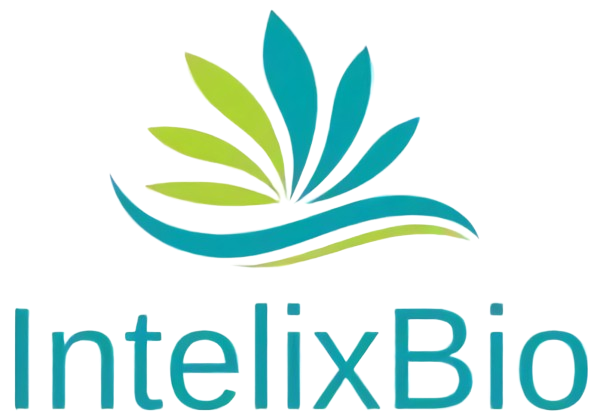Shop Medical Lab Equipment
NF-κB p65 Monoclonal antibody, 100ug, (ATB-T9540)
Transcription factors of the nuclear factor κ B (NF-κB)/Rel family is a ubiquitously expressed transcription factor that regulates many cytokine and Ig genes. It is involved in immune, inflammatory, viral, and acute phase responses. There are five family members in mammals: RelA (p65), c-Rel, RelB, NF-κB1 (p105/p50) and NF-κB2 (p100/p52). The most studied NF-κB complex consists of the p50 and p65 subunits, both containing a 300 amino acid region with homology to the Rel proto-oncogene product. The p50 subunit binds DNA, whereas the p65 subunit is responsible for the interaction of NF-κB with its inhibitor, IκB. In most cell types, the p50/p65 heterodimer is located within the cytoplasm complexed to IκB. This complex prevents nuclear translocation and activity of NF-κB. In response to stimuli such as cytokines, LPS, and viral infections, IκB is phosphorylated at critical residues. This phosphorylation induces dissociation of the IκB/NF-κB complex, allowing the free heterodimeric NF-κB to form a heterotetramer that translocates to the nucleus. In the nucleus, it binds to the κB site within promoters and enhancers and functions as a transcriptional activator. Product datasheet: Overview Product Description Transcription factors of the nuclear factor κ B (NF-κB)/Rel family is a ubiquitously expressed transcription factor that regulates many cytokine and Ig genes. It is involved in immune, inflammatory, viral, and acute phase responses. There are five family members in mammals: RelA (p65), c-Rel, RelB, NF-κB1 (p105/p50) and NF-κB2 (p100/p52). The most studied NF-κB complex consists of the p50 and p65 subunits, both containing a 300 amino acid region with homology to the Rel proto-oncogene product. The p50 subunit binds DNA, whereas the p65 subunit is responsible for the interaction of NF-κB with its inhibitor, IκB. In most cell types, the p50/p65 heterodimer is located within the cytoplasm complexed to IκB. This complex prevents nuclear translocation and activity of NF-κB. In response to stimuli such as cytokines, LPS, and viral infections, IκB is phosphorylated at critical residues. This phosphorylation induces dissociation of the IκB/NF-κB complex, allowing the free heterodimeric NF-κB to form a heterotetramer that translocates to the nucleus. In the nucleus, it binds to the κB site within promoters and enhancers and functions as a transcriptional activator. Tested Applications ELISA 1/10000, WB 1/500 - 1/2000 Image Species Reactivities Human, Mouse Immunogen Purified recombinant fragment of human NF-κB p65 expressed in E. Coli Properties Form Mouse IgG1 in phosphate buffered saline (without Mg2+ and Ca2+), pH 7.4, 150mM NaCl, 0.02% sodium azide and 50% glycerol.
Frequently Asked Questions
-
Why is IntelixBio LLC so popular?
IntelixBio has swiftly become a household name in the medical industry, primarily owing to its cutting-edge medical lab equipment. Our commitment to excellence resonates through every facet of our products, ensuring that laboratories worldwide receive top-tier solutions for their diagnostic needs. Our medical lab equipment is engineered with precision and innovation, embodying the pinnacle of technological advancement in the field. From state-of-the-art analyzers to automated specimen-handling systems, our extensive catalog caters to diverse laboratory requirements, fostering efficiency and accuracy in every diagnostic process. Laboratories entrust IntelixBio's medical lab equipment for its unwavering reliability, empowering healthcare professionals with the tools they need to deliver optimal patient care.
At IntelixBio, our dedication to advancing healthcare is exemplified through our unparalleled range of medical lab equipment. Each product is meticulously crafted to meet the exacting standards of modern laboratory environments, facilitating seamless integration and operation. Our commitment to quality permeates every aspect of our offerings, ensuring that laboratories can consistently rely on our medical lab equipment to deliver precise and dependable results. With a comprehensive selection that spans from basic laboratory essentials to sophisticated diagnostic instruments, IntelixBio remains the foremost choice for institutions seeking excellence in medical equipment solutions. Trust IntelixBio to elevate your laboratory capabilities with our innovative medical lab equipment, empowering you to drive progress in healthcare delivery.
-
What products do you offer?
At IntelixBio LLC, we offer high-quality medical lab equipment. Our lab supplies include:
- Protective gear
- Antibody immunodetection supplies
- Bioreagents
- Lab Supplies
- Immunohistochemistry Tools
- Instruments and Equipment
- PPE
- Sample preparation supplies
Visit our online shop to view our available medical lab equipment and purchase the items that match your unique styles and needs today.
-
Where do you ship your medical lab equipment?
We ship our medical lab equipment to customers nationwide. Browse our online shop to view our impressive inventory of available lab equipment today and purchase the products that meet your unique style and needs. We can't wait to prove why Intelixbio.com is one of the nation's best medical lab supply providers.
-
How can I contact your company?
You can reach IntelixBio LLC by phone at 240-316-3161, by email at info@intelixbio.com, or by filling out one of the contact forms on our website.
When you contact our team, you can expect fast, friendly, and professional assistance with all your medical lab equipment needs.

